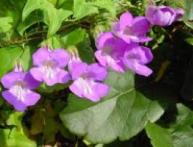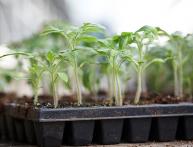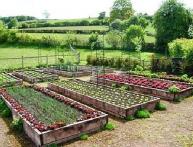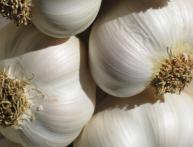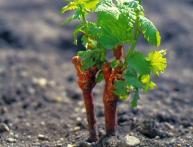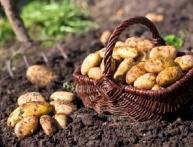Predecessors of pepper and its cultivation

Growing the same crops for several years in one place leads to soil fatigue and the accumulation of pests and diseases. To avoid this, you need to carry out proper crop rotation. Crop rotation is necessary to increase soil fertility and increase yield. The predecessors are the crops that occupied the site last year.
Excellent predecessors of pepper are onions, cucumbers, perennial herbs, and early cabbage. But the Solanaceae family needs to be excluded. Pepper predecessors return to their place after about 3 or 4 years. Neighbors of pepper can be cucumber, legumes, and onions.
The root system of pepper does not tolerate transplantation very well, so seedlings should be grown in pots or cassettes. The optimal temperature for seed growth is from 18 to 22 degrees. Seedlings for planting must have up to seven true leaves. Before planting, you need to prepare the soil and apply fertilizer.
Pepper loves good soil moisture and is very sensitive to overheating and drying out.
When planting seedlings in the soil, you need to be careful not to fill the root collar. Periodically it is necessary to fertilize for better plant development.
The best conditions for the development and growth of pepper are considered to be a temperature of 20 to 25 degrees. Plants do not tolerate small and light frosts well. Pepper is very sensitive to the air condition of the soil; it is very important to carry out periodic loosening.
If you follow the basic recommendations and rules, you will get an excellent harvest of peppers, which will delight you with its quality and quantity.

